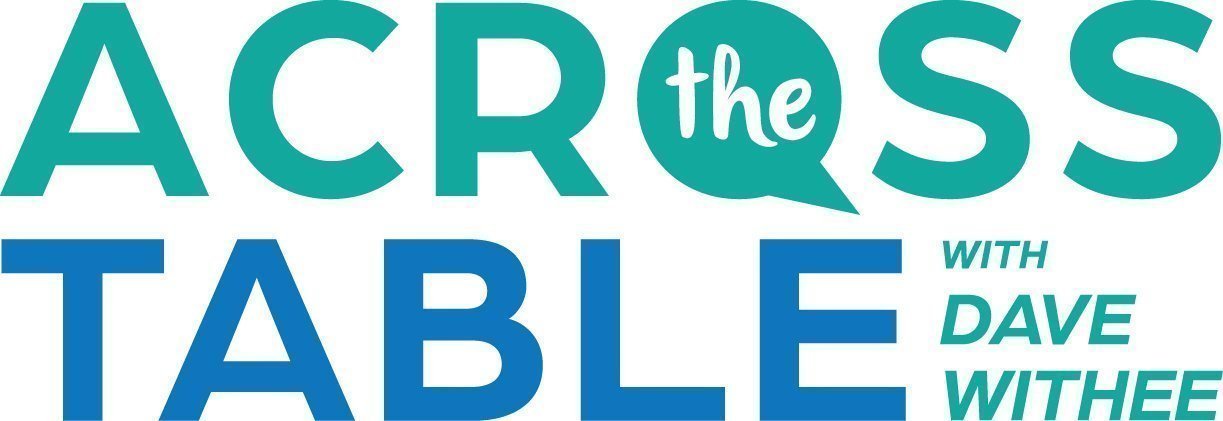Across the Table: Supporting the Science
An industry meeting hosted a panel discussion about the challenges in completing laboratory construction projects. From the audience, the head of sales for a casework manufacturer spoke up and suggested, “The major challenge getting off projects is that you architects keep designing products we don’t already make.” I turned to our company President and observed, “Isn’t it interesting? Our end-user customers are all about discovery and creation, but our industry just wants to keep making what we have always made.”
Why don’t we see more innovation in the “laboratory furniture” industry? The science keeps evolving, the instruments keep evolving. Why doesn’t the laboratory furniture? I suggest the reason is our “low price” commodity culture. Most public entities have rules to use the lowest bidder, but they also usually allow for unique products, patented or not, which can be shown to add value to the project. Nevertheless, habit causes most architects and manufacturers to stay with the same old. Even private entities, typically not handcuffed by low-price rules, tend to ignore the evolving needs of science and just accept the same old commodity products.
As a result of this commodity culture, it is not cost-effective to have an R&D department. It costs money to develop new products. If “or-equal” products that aren’t equal to the innovative product are approved, the innovator is at a cost disadvantage. If you value innovation, reward it. If you don’t, then don’t pretend you do.
For those who do value innovation, there are options. First, laboratory architects can make new designs and require bids to include them, not standard products. For instance, the David Rockefeller River Campus was the 2020 SEFA Laboratory of the Year. The project architect, Jay Bargmann of Rafael Viñoly Architects, designed plumbing fixtures whose nozzles were not fixed in place but instead could be rotated to different positions. Only one manufacturer offered to meet the design requirement, but they weren’t pre-approved. Bargmann approved that manufacturer anyway, and his project got the fixtures he wanted. An architect can also work with an innovator to perfect the design ahead of time. The former GPR used to do this.
Another option is to publicly recognize innovative products. Imagine over the last 25 years, early adopter architects and lab owners could have seen innovation awards being given to (for example) Erlab for their fume hood filter technology, Far for their nozzle-adjusting plumbing fixtures, Jacobs for their table design, Visu Kaluste for their clean room shelf system, Waldner for their overhead service carriers, and Laboratory Enterprises for their SPF Lite work surface.
I’m going to create a recognition system for innovative infrastructure products. If you’re a laboratory manager or architect and would like to join the effort, let me know. The U.S. Green Building Council’s LEED rating system has had a big impact on innovation for environmentally friendly buildings. Maybe we can do the same for laboratory infrastructure innovation.
Dave can be reached at dwithee@alum.mit.edu or 920-737-8477.
All opinions expressed in Across The Table with Dave Withee are exclusive to the author and are not reflective of Lab Design News.

